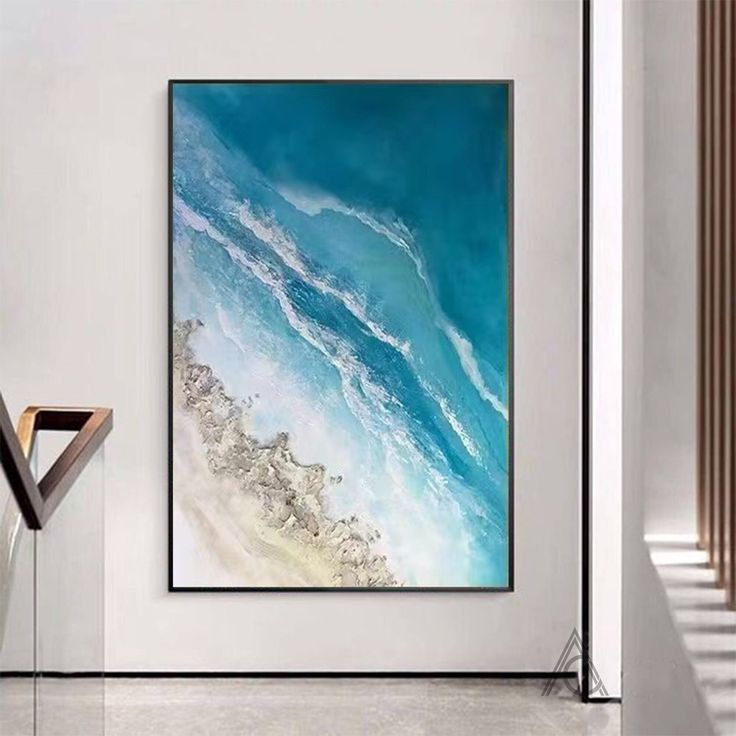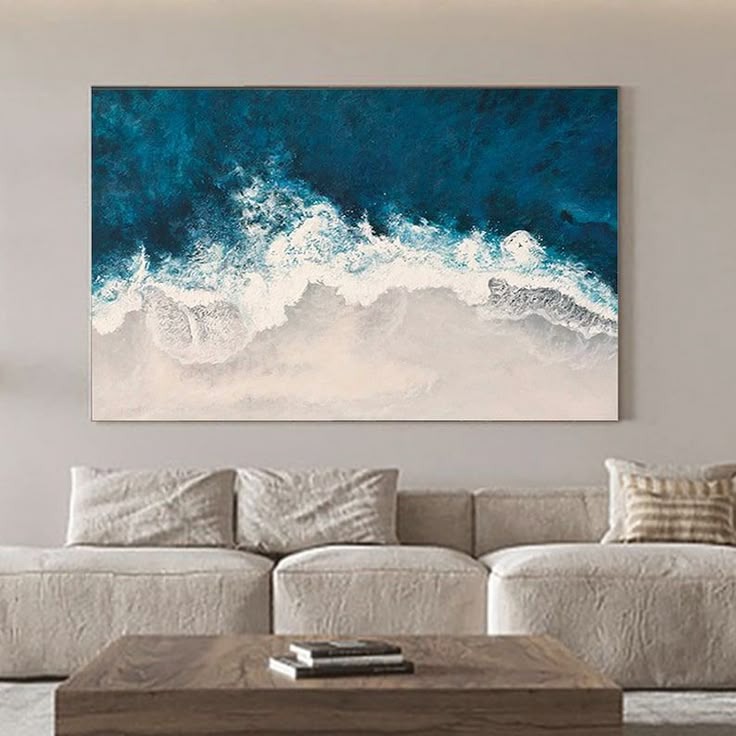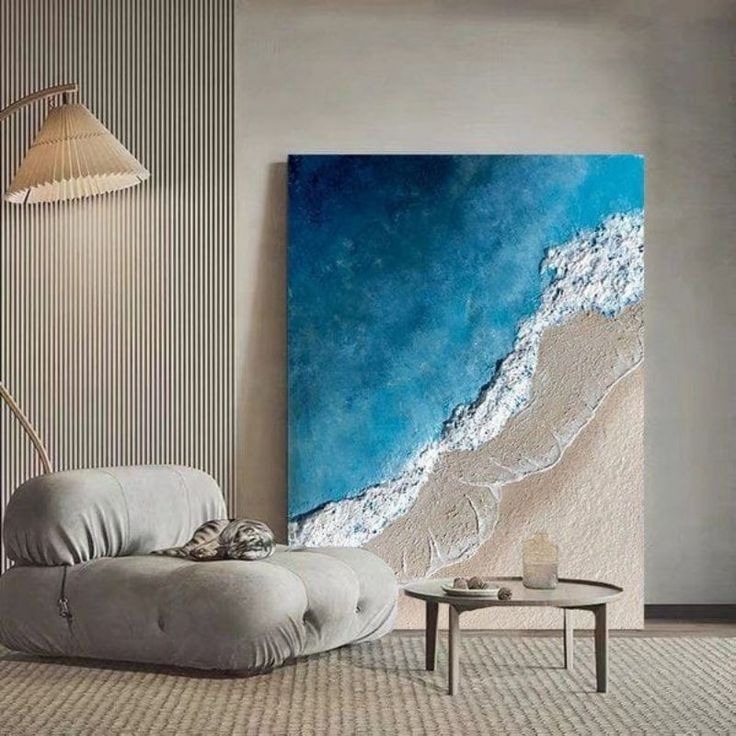No products in the cart.: 0.00 $
Canvas Chronicles: The Enduring Legacy and Infinite Possibilities of Painted Fabric

In every culture and across every era, the impulse to create has shaped the human journey. Among the many mediums that have allowed artists to transfer inner vision to outer form, canvas stands out as both humble and powerful. A woven surface of cotton or linen, once regarded as a mere alternative to wood or plaster, has become the primary arena for some of the world’s most enduring artistic masterpieces. Canvas painting is not merely a craft or decoration—it is a vessel of memory, imagination, identity, and vision. The story of canvas art is the story of humanity’s desire to interpret the visible world and transcend it, to preserve the fleeting and give form to the formless.
Canvas was first adopted in the early Renaissance period, when Venetian painters discovered that stretched cloth could replace heavy wooden panels. The humid climate of Venice had made wood panels prone to warping, while canvas offered greater durability, mobility, and versatility. Initially made from tightly woven linen and later from more accessible cotton, the canvas quickly became a favored surface for oil painting. This shift changed the scale of art, literally and metaphorically. Suddenly, artists could work on massive compositions that could be transported, stored, and exhibited with ease. What began as a technical innovation soon catalyzed a revolution in creativity.
The Renaissance masters embraced canvas with fervor. Titian’s glowing colors, Tintoretto’s dynamic figures, and Veronese’s theatrical compositions were all brought to life on this simple fabric. Canvas enabled these artists to manipulate light and shadow with unprecedented depth. The absorbency and texture of the material held pigments beautifully, allowing oils to reveal complex nuances in skin tone, fabric, and atmosphere. The canvas ceased to be just a backdrop; it became an active participant in the creation of mood and meaning.
As the centuries progressed, canvas painting adapted to the changing tides of culture, thought, and aesthetics. In the Baroque period, the dramatic tension and emotional resonance of works by Caravaggio and Rubens drew viewers into the narrative with lifelike intensity. During the Age of Enlightenment, canvas became the stage for neoclassical ideals, clarity of form, and intellectual allegory. Artists such as Jacques-Louis David used canvas to promote civic virtues and political ideals, reinforcing the medium’s ability to inspire action and reflection.
The 19th century ushered in an era of disruption, diversity, and experimentation. With Romanticism came an emphasis on individual feeling, sublime landscapes, and heroic imagination. Meanwhile, the Realists turned their gaze to the working class, capturing gritty moments of daily life with unflinching honesty. The rise of plein air painting, facilitated by the portability of canvas, allowed Impressionists like Monet and Pissarro to capture the fleeting effects of light and atmosphere with spontaneity and freshness. The canvas, once a space of idealized myth, was now a reflection of the world outside the studio—a garden, a train station, a rainy boulevard, a woman reading by a window.
What followed was a century of explosive transformation. The early 20th century saw a radical rethinking of what a canvas could hold. With the birth of Cubism, abstraction, and surrealism, artists like Picasso, Kandinsky, and Miró shattered the illusion of three-dimensional space. Canvas was no longer a window onto the world but a battlefield of symbols, emotions, and new realities. The flatness of the canvas was celebrated, not disguised. It became a site for conceptual play, a place where visual language itself could be deconstructed and reinvented.
Expressionism brought raw, emotional immediacy to the canvas, with artists such as Edvard Munch and Egon Schiele laying bare the human psyche. In the United States, Abstract Expressionism emerged as a distinctly American movement, with painters like Jackson Pollock and Mark Rothko treating the canvas as an arena for physical and spiritual engagement. Pollock’s dripping and flinging of paint dissolved the boundary between artist and medium, while Rothko’s luminous fields of color invited contemplative silence. These painters did not simply depict emotions—they embodied them in every line and gesture.
Beyond the galleries and museums, canvas painting has permeated the spaces of everyday life. In modern homes, offices, and urban environments, canvases have become vital elements of design and ambiance. The ability of canvas paintings to personalize a space, to inject mood, meaning, and identity, is unmatched by other decorative objects. A single large-scale abstract painting can set the tone for an entire room, while a series of small canvases can create a narrative flow or thematic unity. Art no longer belongs only to collectors and institutions—it has become accessible, intimate, and integral to how people express themselves in their personal environments.
The emotional and psychological impact of canvas paintings also continues to be profound. Viewing a painting on canvas engages more than the eyes. It invites memory, stimulates thought, and often elicits visceral reactions. The texture of the canvas, the layering of paint, and the energy of brushstrokes speak to the senses in ways that flat images cannot. These works provide a physical connection to the artist’s hand and process, reminding the viewer of the humanity behind the art. This tangibility is particularly resonant in an age dominated by digital imagery, where so much is ephemeral and touchless.
In the realm of education, canvas painting remains a cornerstone of artistic training and creative development. Students learn not only technical skills—such as mixing colors, applying brushstrokes, and constructing composition—but also critical faculties, including interpretation, patience, and persistence. The discipline of working on canvas fosters deep focus and emotional introspection. It also teaches the value of process over product, as each layer of paint represents a decision, a moment of doubt or discovery.
Canvas painting is also a powerful tool for personal and communal healing. In therapeutic settings, individuals use painting to express emotions that may be too difficult to articulate with words. The process of creating a canvas work can provide a safe space for reflection, processing trauma, and building resilience. In community art projects, large-scale canvases become collaborative endeavors that unite diverse voices and perspectives, fostering dialogue and connection. These projects often leave lasting visual legacies that strengthen social bonds and celebrate shared identity.
In the marketplace, canvas art is thriving. Artists sell original works and high-quality reproductions online to audiences across the globe. Custom canvas services allow buyers to choose specific sizes, colors, and themes, turning their walls into expressions of personality and mood. Limited edition prints, hand-embellished by the artist, blend the accessibility of digital printing with the allure of the handmade. This democratization of canvas art has empowered emerging artists, enabled cultural exchange, and cultivated a broader appreciation for visual expression.
As environmental consciousness grows, many artists are rethinking their materials and methods. Eco-friendly canvases made from organic fibers, non-toxic paints, and sustainable production practices are becoming more common. Some artists repurpose used canvases or integrate found materials into their work, transforming the painting process into an act of environmental activism. These choices reflect a growing awareness that artistic practice is not separate from the world’s larger challenges, but deeply intertwined with them.
The future of canvas painting is as open-ended and dynamic as the art it holds. Technology may introduce new tools—virtual brushes, AI-generated compositions, augmented reality overlays—but the essence of canvas painting will endure. Its physicality, its intimacy, and its capacity to connect artist and audience will always set it apart. The canvas is not just a flat surface; it is a container of time, thought, and touch. It remembers each motion, each hesitation, each burst of inspiration.
What makes canvas art eternally powerful is its balance of permanence and possibility. A finished painting may hang unchanged for centuries, yet its meaning continues to shift with each new viewer, each fresh context. This duality—of stillness and transformation, silence and speech—is what keeps canvas paintings relevant across generations. They do not just tell stories; they become part of the story of those who behold them.
In the grand architecture of human creativity, canvas paintings are pillars—sturdy, silent, and sublime. They support our longing to see beyond the surface of life, to capture the rhythm of existence, and to give shape to that which lies within. Whether hanging in a cathedral, a classroom, or a corner café, each canvas is a statement: that art matters, that beauty endures, and that the human spirit is infinite.



